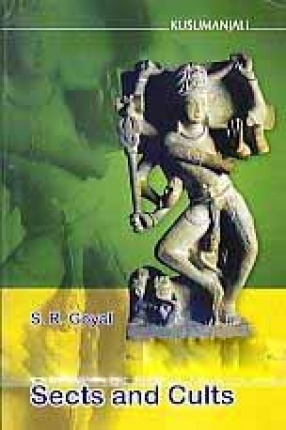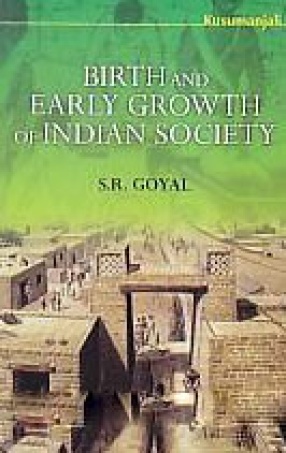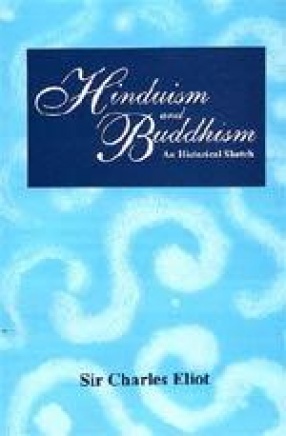The present monograph of Professor S.R. Goyal, an eminent authority on religious history of India, seeks to delineate the fundamental features of the Pauranika phase of Hinduism which is still the main religion of India. Pauranika Hinduism acquired dominant place in the life of the Hindus only gradually in the post Upanishadic era which was earlier enjoyed by the Vedic religion. As a result of this change the two great Epics, the Gita, Dharmasastras and the Puranas became the chief texts of Hindu religion though a belief in the apaurusheyatva of the Vedas was never fully given up. In the Pauranika age new schools of Hindu philosophy, specially Vedanta evolved. The pantheon of the Pauranika religion in many respects was different from the pantheon of the Vedic age. One of its main characteristic was Avataravada, the doctrine of incarnation, which was almost unknown in the Vedic age. Similar was the case with the Pauranika form of worship which gave emphasis on bhakti and image worship (puja). With these new features Pauranika Hinduism advocated a different social philosophy also. All these fundamental features of the Pauranika Hinduism have been discussed in detail by Professor Goyal in the present monograph.
ABOUT THE AUTHOR S R Goyal
Professor S.R. Goyal is the retired Professor and Head, Department of History, J.N.V. University, Jodhpur. Described as ‘one of the five best recent historians of ancient India’ by Professor David N. Lorenzen, the great Mexican Orientalist, Professor Goyal combines all the qualities associated with scientific scholarship. He has authored more than thirty voluminous works and over 150 research papers which cover so diverse fields as political history, religious history, literature, biographies, numismatics and epigraphy. He was honoured with the General Presidentship of the Silver Jubilee Congress of the Epigraphical Society of India held at Udupi in 1999 and was elected the Honorary fellow of the Society. His doctoral thesis, A History of the Imperial Guptas (1967), was acclaimed as ‘the best analysis of the Gupta Period which I have ever read†by Professor A.L. Basham (National Professor of Australia) and as ‘imaginative’, ‘well-written’ and ‘a model of historiography’ by Professor Eleanor Zelliot (Minnesota, U.S.A.). The varaious theories propounded in it are described by Professor R.C. Majumdar as ‘deserving very careful consideration’. Among his other major works are included three corpus-like volumes on ancient Indian inscriptions, two volumes respectively on Kautilya and Megasthenes, a three volume authoritative study of ancient Indian history in about two thousand pages, a three volume study of ancient Indian numismatics, and four volumes on great rulers of ancient India. Professor Goyal is deeply involved with the study of the history of Indian religions. Apart from the present monograph he has published two volumes entitled A Religious History of Ancient India (Vol. I, 1984; Vol. II, 1986), and Harsha and Buddhism (1986). All these works of his have been highly acclaimed and admired both in India and abroad. Professor Goyal has been honoured with several Festschrifts, including Reappraising Gupta History for S.R. Goyal (ed. By Professor B.Ch. Chhabra et al) for S.R. Goyal : His Multidimensional Historiography (ed. By Professor Jagannath Agarwal and Dr. Shankar Goyal). A four volume Festschrift in his honour entitled Sriramabhinandam (Reconstructing Indian History for S.R. Goyal) has recently been published.








There are no reviews yet.